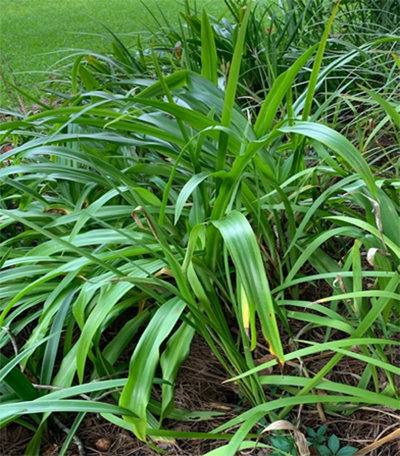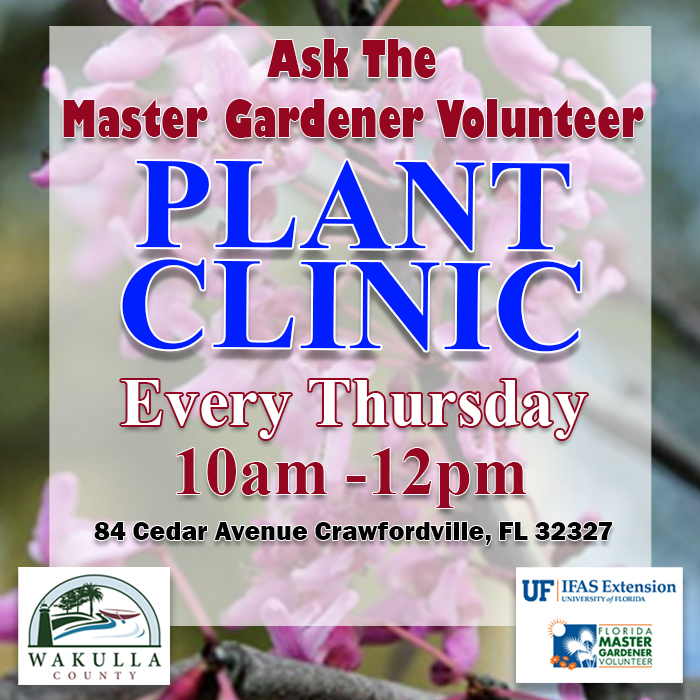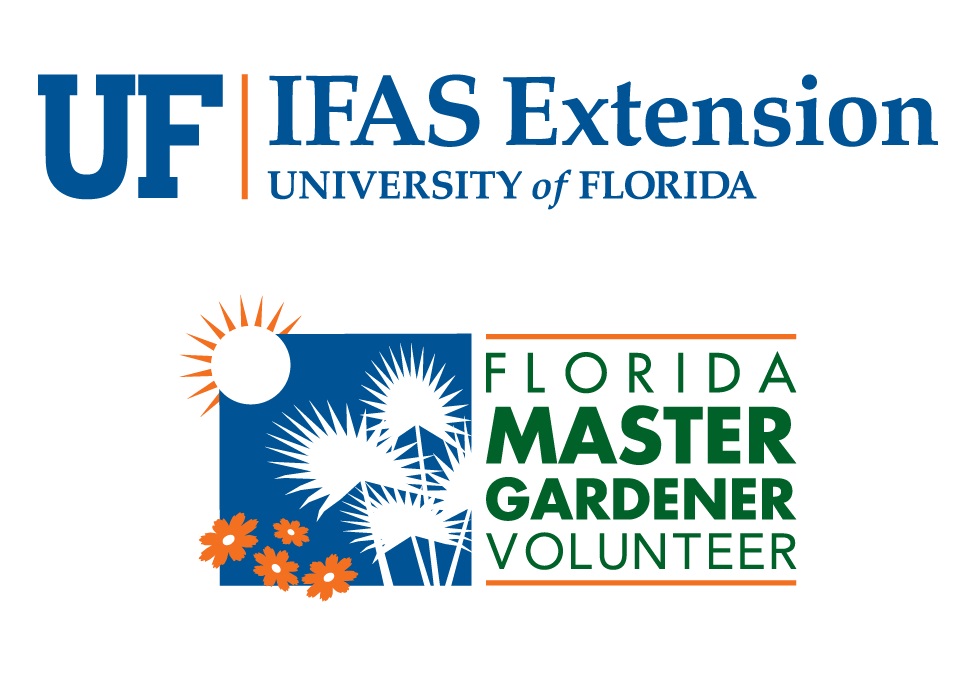Ask Wakulla County Master Gardener Volunteer
Jenny Lorch

Two years ago, my husband and myself bought a home with a big garden in Crawfordville, Florida. There were several amaryllis (Hippeastrum x hybridum) plants that looked good, but weren’t blooming. I went to the Wakulla Master Gardener’s plant clinic (open Thursday mornings from 10:00 to noon) to ask their advice. They advised to dig them up and separate them in the fall. Separating any bulb will give them room for their roots to get nourishment. (On a side note, I was so happy with the progress of my plants and advice, that I took the 2021 UF/IFAS Extension Wakulla County Master Gardener Volunteer course and became one!)
Separating amaryllis bulbs are easy and fun
Separating bulbs are easy and fun. Sort of like looking for Easter eggs. When you dig them up, you are never sure what you’ll find. First you will need some soil amendment, a shovel, a soil knife, a place to divide them, water, pots for some of the plants, and gloves (optional). Find the clump to divide – you may have more than one plant to divide. When digging around the plant give it a wide berth. You don’t want to cut into the bulbs. Gently grab the plant at ground level. If it doesn’t come out easily make the hole bigger and deeper. Lay the plant on its side and look at it to plan your attack. You will probably see some big and small bulbs. You just pull them apart leaving as many roots as possible. You may have to use the soil knife to help pry them apart. This is where you must decide how many you want to replant and how many you want to put in pots. I suggest putting the bigger ones back in the ground and pot up the smaller ones.
When replanting amaryllis bulbs

When replanting bulbs, make the several holes then add some soil amendment. The soil amendment should be ½ parts potting soil and ½ sorghum. Put water in the hole and let it soak in. Place the bulb in the hole and cover with the original soil plus a little amendment. With amaryllis bulbs you should leave 1/3 of the bulb above ground. Seems like a hard thing to do but that is important. Continue to do this with all the bulbs- put some back and some in pots. You don’t want to fertilize until the spring when the plants need the extra nourishment. And if you are successful, your gardens will be full of blooms next year.
For complete information on amaryllis go to the website” https://edis.ifas.ufl.edu/publication/EP060.
If you have any questions or suggestions for future articles please email to wakullamg@ifas.ufl.edu or williams.p@ufl.edu
UF/IFAS Wakulla Master Gardener Volunteer Program Course
https://sfyl.ifas.ufl.edu/wakulla/master-gardener-volunteer/florida-master-gardener-program/
if you are interested in the Florida Master Gardener Program Contact: Dr. Patrick Williams, County Extension Director and Extension Agent II, Ph.D. williams.p@ufl.edu – Tell him you would like to be on the waiting list for next class 2022.

| The Institute of Food and Agricultural Sciences (IFAS) is an Equal Opportunity Institution authorized to provide research, educational information, and other services only to individuals and institutions that function with non-discrimination with respect to race, creed, color, religion, age, disability, sex, sexual orientation, marital status, national origin, political opinions, or affiliations. U.S. Department of Agriculture, Cooperative Extension Service, University of Florida, IFAS, Florida A&M University Cooperative Extension Program, and Boards of County Commissioners Cooperating |
 0
0

